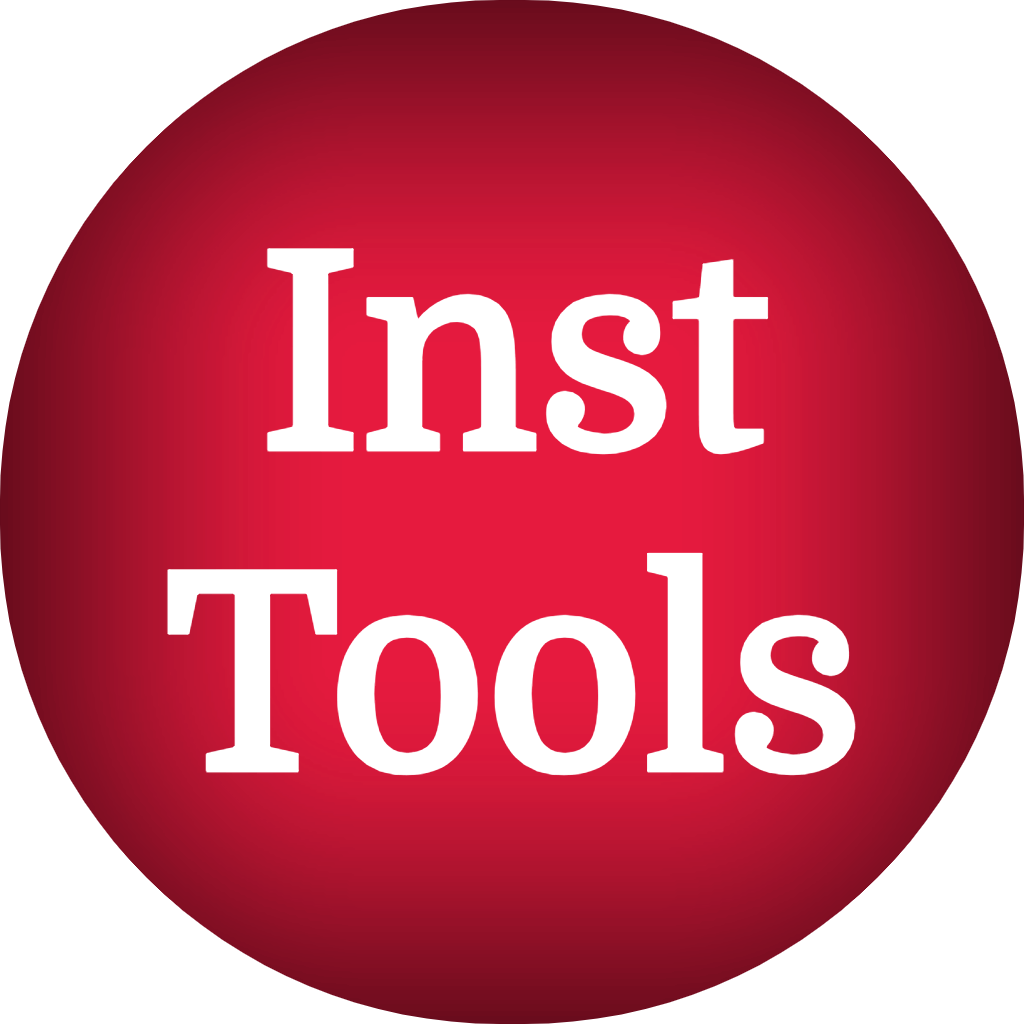Components of PCS 7 - Siemens' SIMATIC Process Control System
Jul 18, 2023
In this video, you will learn the basic components of PCS 7.
Siemens' SIMATIC PCS 7 is a powerful process control system (PCS) often used in industrial applications for managing complex operations. It stands for "Process Control System" with the 7 referring to the version of the system at its launch.
SIMATIC PCS 7 offers a holistic approach towards automation, ranging from process engineering to process automation and is integrated with hardware and software components, which make it a versatile solution for various industries.
Here are some key aspects of PCS 7:
Integrated Engineering: The system offers a singular platform for hardware configuration, process engineering, and automation programming. This integration results in a reduction of required engineering resources, which can save time and money in large scale projects.
Scalability: PCS 7 is designed to be scalable to the needs of your project. It can be utilized in small applications, or scaled up to manage large process facilities. This flexibility is key to the wide applicability of the system across various industries.
Advanced Process Library and Functionality: PCS 7 comes with an advanced process library that provides a range of pre-configured functions to facilitate engineering, thus saving time and reducing the risk of error. It also offers industry-specific libraries.
Plant Asset Management: The system includes tools for the monitoring and management of plant assets. These tools can assist in preventive maintenance, condition monitoring, and overall plant asset management.
Process Safety: PCS 7 integrates process safety, providing standard and safety automation on a common platform. This allows for an integrated safety concept from field level to management level.
Operational Convenience: With its user-friendly operation, system diagnostics, and alarm management, it provides operators with clear and effective ways to monitor and control the processes in their facility.
Show More Show Less #Industrial Materials & Equipment
#Manufacturing
#Computers & Electronics
#Consumer Electronics
#Industrial Handling & Processing Equipment
#Industrial Measurement & Control Equipment
#Factory Automation
#Home Automation

